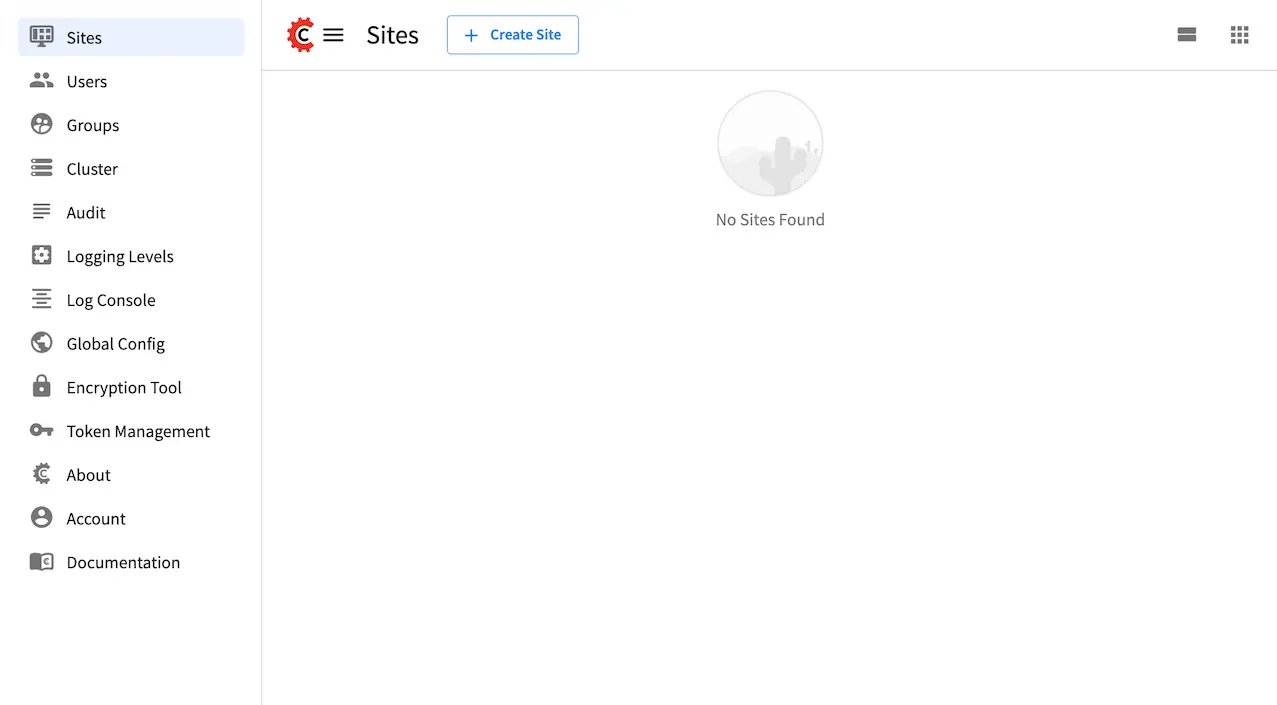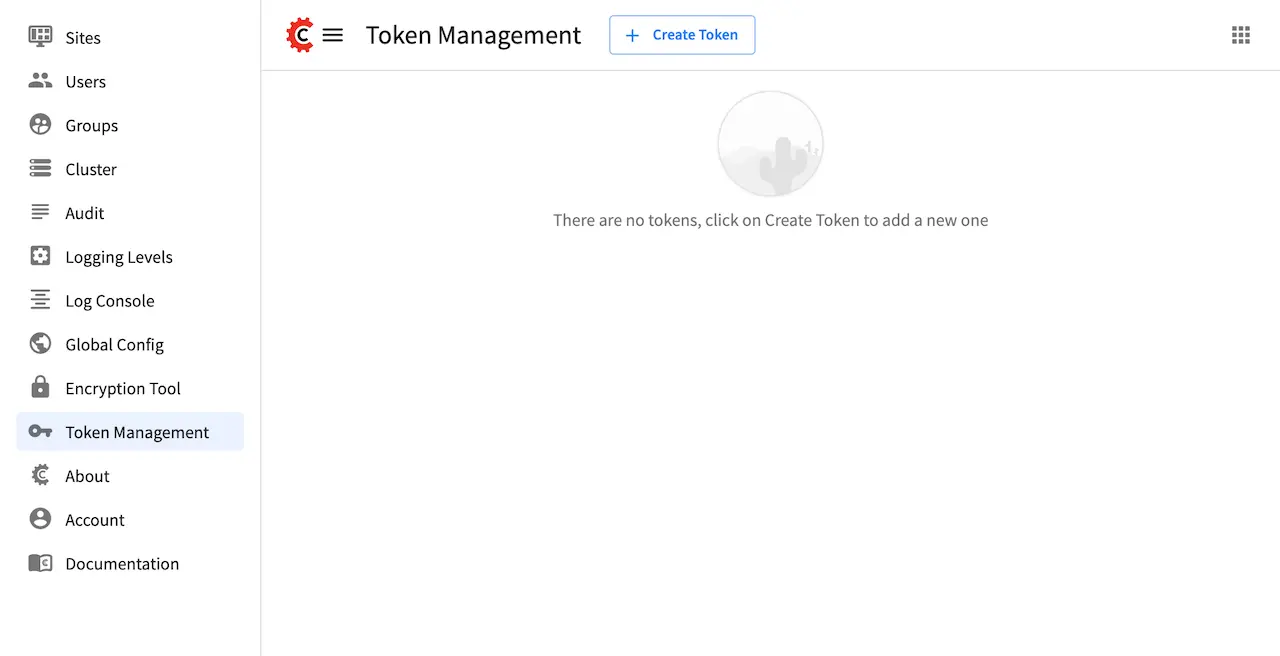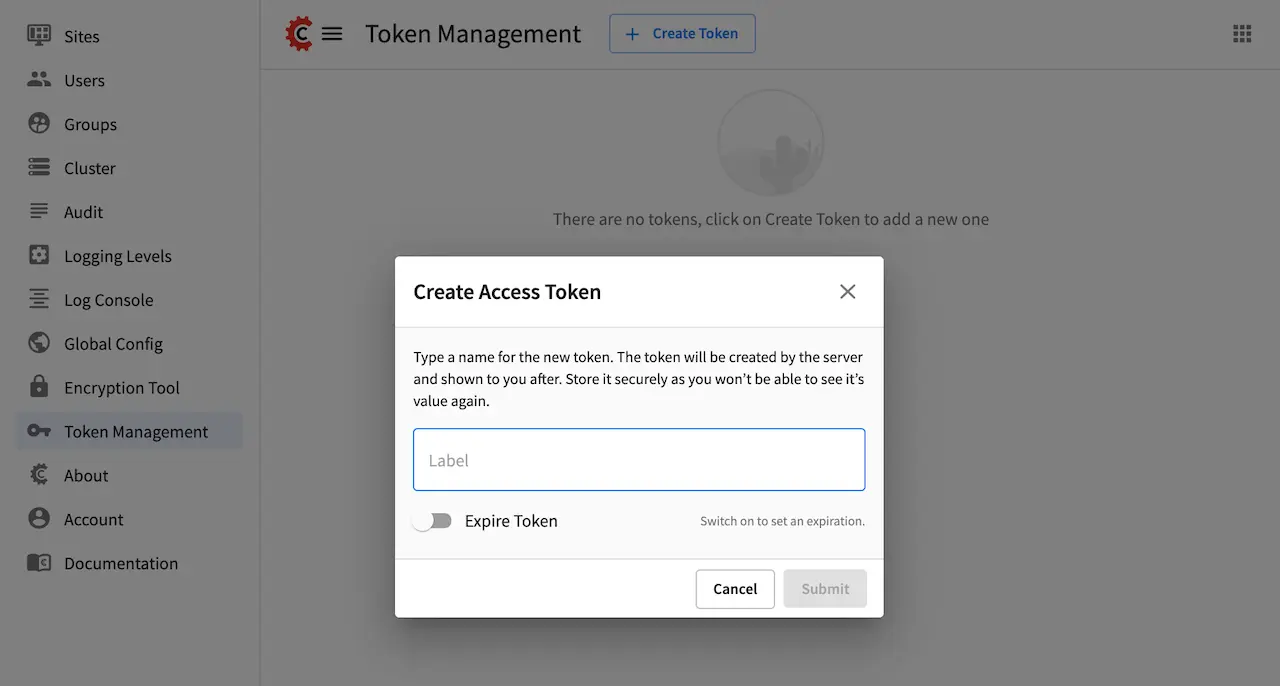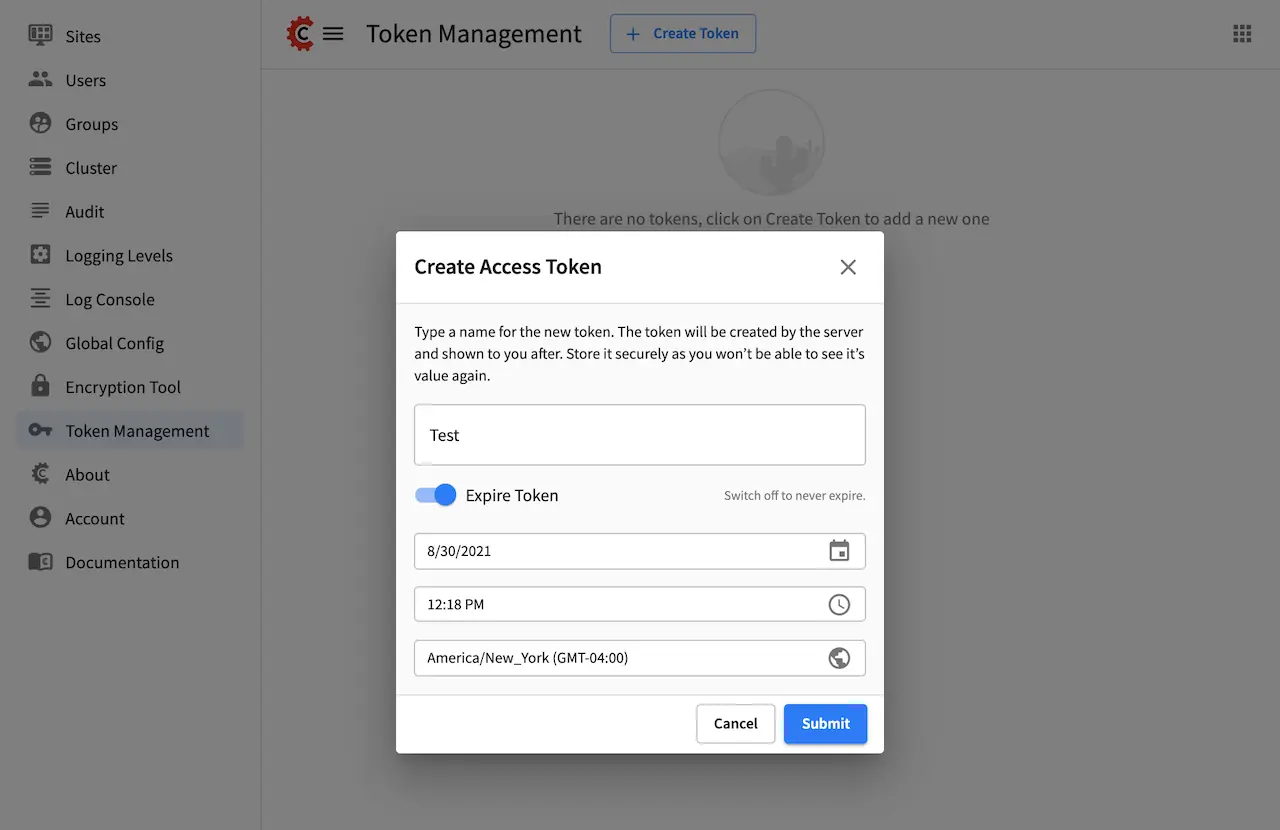Crafter CLI
CrafterCMS provides Crafter CLI (Command Line Interface), a DevContentOps Toolkit, to support DevContentOps processes in CrafterCMS. The CLI allows you to authenticate with CrafterCMS and exercise its APIs via a Unix, Mac, or Windows command line interface.
Run the CLI in your terminal program, navigate to the bin folder CRAFTER_HOME/bin/cli/bin/. There you will find two versions of the tool:
crafter-cli: - for users on a Linux/macOS operating system
crafter-cli.bat - for users on a Windows operating system
When using the crafter-cli, we first need to setup the connection to CrafterCMS before we can use the other available commands. To setup the connection, run the add-environment command, provide a name, the url for a CrafterCMS authoring server and the authentication information.
For the example below, we’ll use local for the name, http://localhost:8080 for the url, and your access token for the authentication. See here for the steps on how to create a token. Leave the token blank, you will be prompted for the token after issuing the add-environment command:
➜ ./crafter-cli add-environment -e local -u http://localhost:8080 --token Enter value for --token (The access token for authentication): Environment added
After setting up the connection to CrafterCMS, you may now create sites or sync a remote repository from the command line, etc:
Here’s an example of creating a site:
➜ ./crafter-cli create-site -e local -s myeditorial --blueprint org.craftercms.blueprint.editorial OK
Here’s an example of adding a remote to a site:
➜ ./crafter-cli add-remote -e local -s editorial -n origin -u http://github.com/john.doe/editorial.git Created
Here’s an example of syncing to a remote repository:
➜ ./crafter-cli sync-to -e local -s editorial -n origin -b site-updates OK
To view the available commands, type in ./crafter-cli -h
➜ ./crafter-cli -help Usage: crafter-cli [-hV] [COMMAND] -h, --help Show this help message and exit. -V, --version Print version information and exit. Commands: help Displays help information about the specified command add-environment Adds the configuration to connect to CrafterCMS add-remote Adds a remote repository to a site create-site Creates a site from a blueprint or a remote repository list-remotes List the remote repositories of a site sync-from Sync the content of a site from a remote repository sync-to Sync the content of a site to a remote repository list-sites List the sites that the current user can access copy-plugin Copies a plugin from a Studio local folder into a site
To view more information about each command, just enter ./crafter-cli <command>, for example:
➜ ./crafter-cli add-environment Usage: crafter-cli add-environment --password [--config=path] -e=<environment> [-p=<profile>] -u=<url> --username=<username> Adds the configuration to connect to CrafterCMS --config=path The folder to store configurations -e, --environment=<environment> The name of the environment -p, --profile=<profile> The name of the profile --password The password for authentication -u, --url=<url> The URL of the server --username=<username> The username for authentication
Crafter CLI for DevContentOps processes source code is managed in GitHub: https://github.com/craftercms/cli
Using cURL
In this section, we’ll show the basics of interacting with Crafter Studio APIs by performing the following:
Authentication
Get a list of projects under management
Write content to a project
We’ll use cURL, a ubiquitous Linux command tool as our client.
You can find the full Crafter Studio API for CrafterCMS here
Let’s begin:
Authentication
There are two authentication methods that can be used: JWT and HTTP Basic
JWT Authentication
Since 4.0.0JWT is a widely adopted standard for secure authentication and is the preferred way. HTTP Basic is simple but not as secure as JWT and for that reason it is disabled by default. However, it can be very useful for local development environments.
In both authentication methods you need to know the credentials of a user with the right permissions depending on the operations that you need to execute. For this example we will generate a token for the
adminuser but in a real scenario you should create a user with the least amount of permissions possible.Note
Not all users have the required permission
manage_access_tokento create access tokens. If theToken Managementtool is not shown in the global menu you will need to request the permission or an access token from a system administrator.If you already have an access token you can skip to step 5, otherwise follow all steps to create a new token:
Login to Crafter Studio

Open the
Token Managementtool
Create a new access token
The only required field for the access token is the label to identify it, however, it is also recommended to set an expiration date to minimize the risk of lost or stolen tokens being used without being noticed.

Once the expiration date is reached the access token will stop working automatically.

Copy the value of the access token
The value of the access token will not be stored on the server, so it needs to be stored by the user in a safe place as it is impossible to recover it after it is created.
If an access token is lost or exposed in any way it should be disabled or completely deleted to avoid any possible use.

Include the access token with all requests
Most HTTP clients provide built-in support for access token athentication, in the case of cURL you will need to use the header option
--headeror-Hcurl -H 'Authentication: Bearer <access token>' ...
HTTP Basic Authentication
If HTTP Basic authentication is already enabled you can skip step 1 and start using the credentials:
Enable HTTP Basic auth and restart Crafter Studio
Update the Crafter Studio configuration override: from Crafter Studio
Global Menu > Global Configor directly from the global repository$CRAFTER_HOME/data/repos/global/configuration/studio-config-override.yamlAdding the following property:
# Indicates if HTTP Basic auth should be enabled for the API studio.security.http.basic.enabled: true
Include the credentials with all requests
Most HTTP clients provide an easy way to use HTTP Basic, in the case of cURL you can use the user options
--useror-ucurl -u <username>:<password> ...
Get a list of projects under management
We’ll get a list of sites the user is authorized to work with using the API getCurrentUserSites
curl <authentication option> -X GET http://localhost:8080/studio/api/2/users/admin/sites
After issuing the cURL command you will get a response that contains sites your user has access to:
{ "response": { "code": 0, "message": "OK", "remedialAction": "", "documentationUrl": "" }, "total": 2, "offset": 0, "limit": 10, "sites": [ { "siteId": "hello", "uuid": "e7153d93-3879-41d5-8e91-408a1bd79d74", "name": "hello", "desc": null, "state": "READY" }, { "siteId": "my-editorial", "uuid": "a82278d6-535c-4e0c-9013-95284e10a993", "name": "My Editorial", "desc": null, "state": "READY" } ] }
The response above contains a number of projects. In the next call we will write a content object to one of the projects (editorialcom.) To do this we need the site ID. We get this from the response above: editorialcom
Write content to a project
We’ll now write content to the Editorial com Project using the API writeContent
curl <authentication option> -d "<page><content-type>/page/category-landing</content-type><display-template>/templates/web/pages/category-landing.ftl</display-template><merge-strategy>inherit-levels</merge-strategy><file-name>index.xml</file-name><folder-name>test3</folder-name><internal-name>test3</internal-name><disabled >false</disabled></page>" -X POST "http://localhost:8080/studio/api/1/services/api/1/content/write-content.json?site=editorialcom&phase=onSave&path=/site/website/test3/index.xml&fileName=index.xml&user=admin&contentType=/page/category-landing&unlock=true"
In the call above note:
We are passing in content as the POST body. The content is in XML format. In CrafterCMS, content objects are stored as simple XML documents. We are passing a number of parameters that tell CrafterCMS where and how to store the content in the repository
Using the above examples as a guide, we can now interact with any Crafter Studio API found here